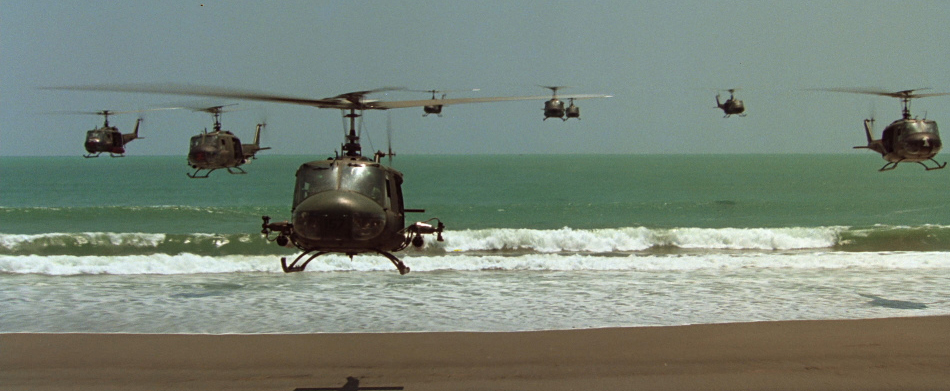Here's a little bit of my own thought process as I initially read the scenario. I know the TC is 40 minutes, helicopter is 45 minutes away. I'm not flying this one because by the time the helicopter arrives on scene, I'm going to be about 5-10 minutes out from the hospital
and that means the patient is being evaluated by a trauma team about 20 minutes sooner with ground transport vs air. This is a no-brainer thing.
You assess his GCS to be 5 (1-1-3). He has snoring respirations, and two swolen eyes with unequal and non-reactive pupils.
This instantly makes me think severe TBI.
Upon removal from the van a CCollar is applied, and an OPA resolves the snoring.
Given the patient is tolerating the OPA, that means his airway reflexes are likely gone or minimal at best, so this guy is getting an ETT. I'm probably not going to RSI unless I cannot open his jaw. The swollen eyes take NTI out of the picture. Why intubate so early? Well, we're not moving so I have a stable place to do it. I want control of his airway and breathing as I suspect he's going to stop breathing on his own. He's also likely to vomit at some point and I want to prevent him from aspirating.
HR: 140
BP: 180/100
RR: 14, regular, improved with OPA, occasional snoring
BGL: 96
SPO2: 96% on 10lpm
These vitals tell me he's not herniating yet, but again makes me think severe TBI and to minimize any delay in getting him to a surgeon. The occasional snoring even with the OPA in place tells me the OPA is incorrectly sized, incorrectly placed, or both. Either way this guy's getting an tube. I do
not want to have to scramble to intubate when this guy vomits... or loses his respiratory drive.
For those of you that are considering maintaining a BLS airway with this guy, consider that while this guy is breathing on his own (for now), he's occasionally snoring even with an OPA in place. Eventually as his ICP rises he's going to vomit and will aspirate. He will eventually require you to use a BVM. At that point, you'd best have another person in the back with you or you're going to be 100% focused on that BLS airway until you can place an advanced airway and get him on a vent. That means your workload dramatically increases while you're moving and if you have to stop moving to intubate, that's increasing the time to get him to a trauma team.

